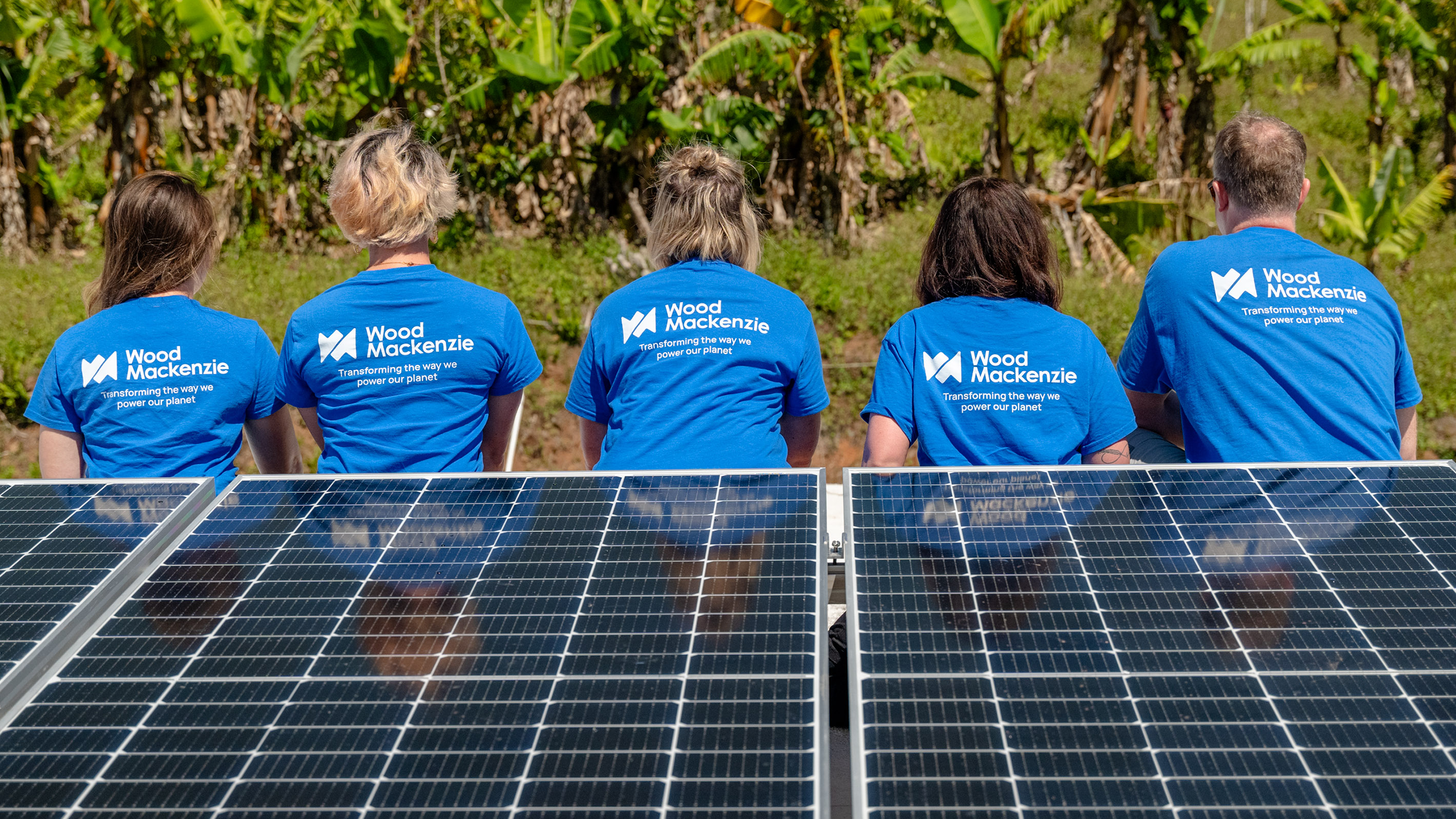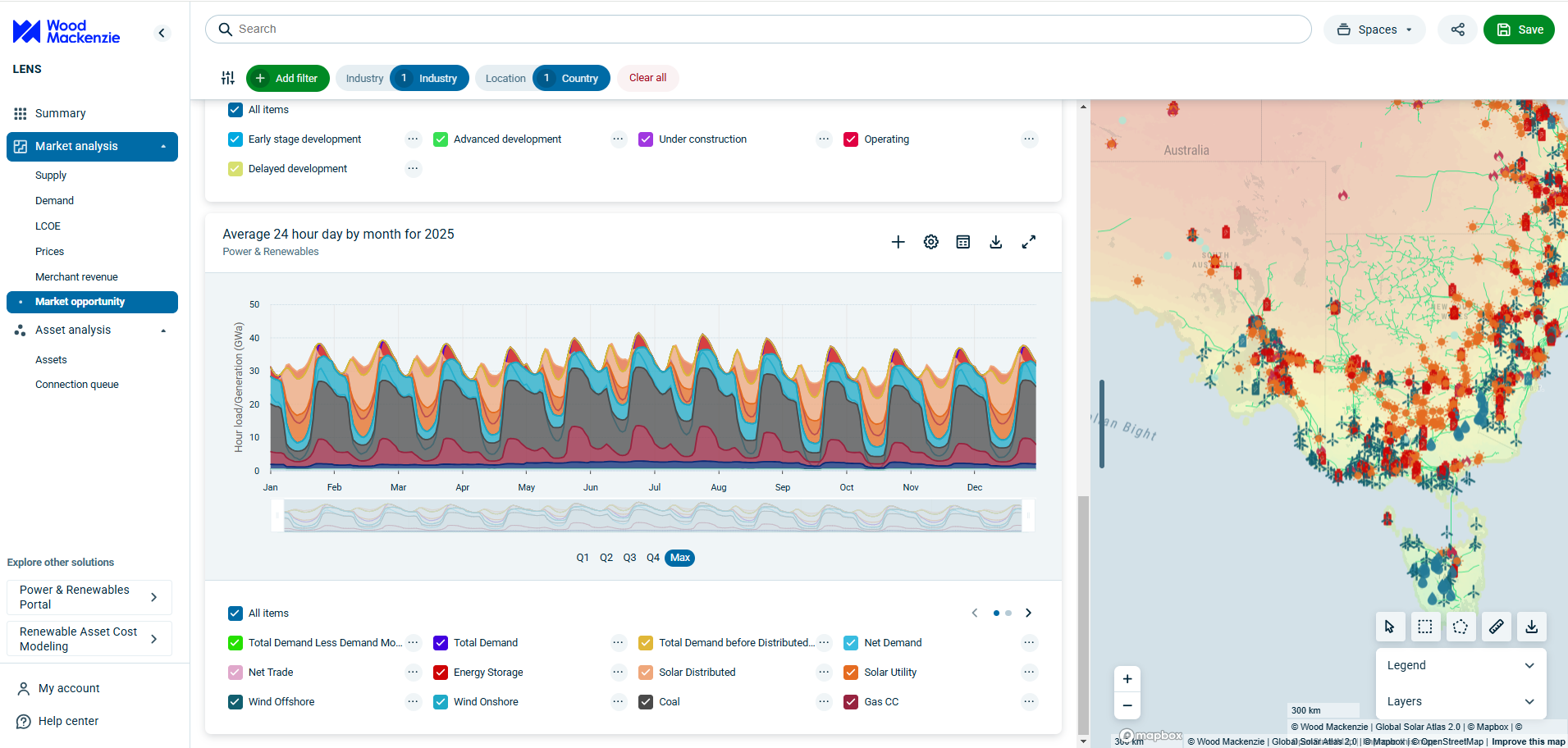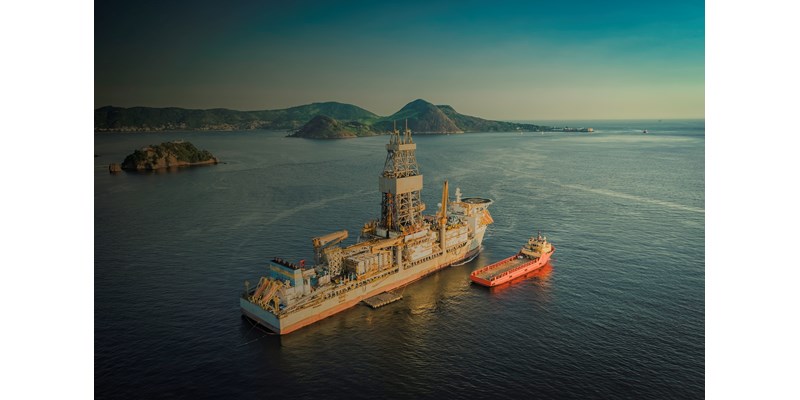Discuss your challenges with our solutions experts
1 minute read
Deepwater basins in the Americas yield prolific and successful fields with collective discovered resources of more than 100 billion boe. Once the darling of the Western Hemisphere's upstream oil and gas portfolio, deepwater investment interest soured after the global oil-price crash of 2014. In the months and years in the downturn that followed, deepwater exploration spending was slashed, new project FIDs dropped dramatically and overall production declined.
As investors' eyes turned to quick-results returns in the American onshore shale basins during the years of recovery, the profoundly cyclical nature of the business was exposed. By 2017, the deepwater sector again staged a comeback, offering a strong alternative investment profile that is often counter-cyclic to the booms and busts of shale. As a new wave of deepwater activity emerged, large tracts of acreage have been licenced, capital expenditures are on the rise and production is beginning to look up.
What were some of the lessons learned by governments, companies and the key stakeholders throughout this crucial time of development for the Americas deepwater sector? The most important takeaway is the success tied to collaboration and cooperation.
It is ultimately the role of governments and industry to do whatever it takes to enable value creation. Resource-holding nations are could potentially draw in hundreds of millions of dollars in royalties, taxes and bonus payments by giving access to companies willing to explore deepwater acreage. Without access, enticing fiscal terms and a regulatory environment that fosters collaboration and competition, governments will lose opportunities to develop offshore production.

Deepwater potential spans across the Americas
Deepwater basins in the Americas span the full range from ultra-frontier to emerging to mature. While some plays in the US Gulf of Mexico and Brazil are now mature, frontier opportunities with attractive geology exist all across the Americas – from Northeast Canada to the Southern Cone in Argentina.
In Latin America, some countries still have no production, despite the potential within deepwater resources. Other areas are in decline. In Colombia, the nation's entire reserves-to-production ratio is just seven years.
It is up to countries, particularly those looking to boost GPD and economies more broadly, to attract new investors who will commit with confidence to the region. This is a political strategy as well as a financial move, especially for emerging economies wary of dependence on foreign oil-producing countries with highly volatile geopolitical landscapes.
In our upcoming OTC panel, we will explore the appropriate fiscal regimes implemented in prior Americas deepwater licensing rounds. Determining appropriate fiscal terms is complex: a fair share of revenues should accrue to the nation, while terms also need to incentivize explorers to invest. Fiscal terms, whether in the shape of a Production Sharing Contract or a Concession contract, need to reflect the prospectivity and the risk assumed by explorers.
Governments are also tasked to cultivate regulatory frameworks that support the pace and ambition of exploration companies. A clear and practical framework to administer laws helps the industry sprint ahead, reducing the wait time between discovery and first oil output.
Reaping the rewards of diversity and healthy competition
Through the introduction of fresh competition, countries have the potential to earn a massive chunk of treasury revenue. In the US, offshore activity is a leading source of treasury revenue, second only to individual IRS payments. In 2015, federal income from Gulf of Mexico royalties, leases and bonuses brought in $5 billion. The Gulf brought in 53% of all federal land royalties that year.
The deepwater sector operates much like any other industry – it thrives in a space with high levels of competition, collaboration and idea sharing. Stronger competition leads to modernisation and technology advancements. As many countries throughout the Americas have an energy industry structured around a national oil company, there is room for growth and improvement through offshore basin activities in collaboration and competition with IOCs. Allowing access to external companies can give the region a fresh chance at the innovation that has made mature basins, such as the Gulf of Mexico, thrive.
Be sure to attend our panel, Coming to Americas, to hear from seasoned experts in the space, led and moderated by Julie Wilson, research director of global exploration at Wood Mackenzie, and Sandeep Khurana of Granherne KBR. In this panel, we will outline strategies for attracting IOCs, optimizing industry benefits for all, accelerating pace, promoting competition and collaboration and sustaining value creation.






